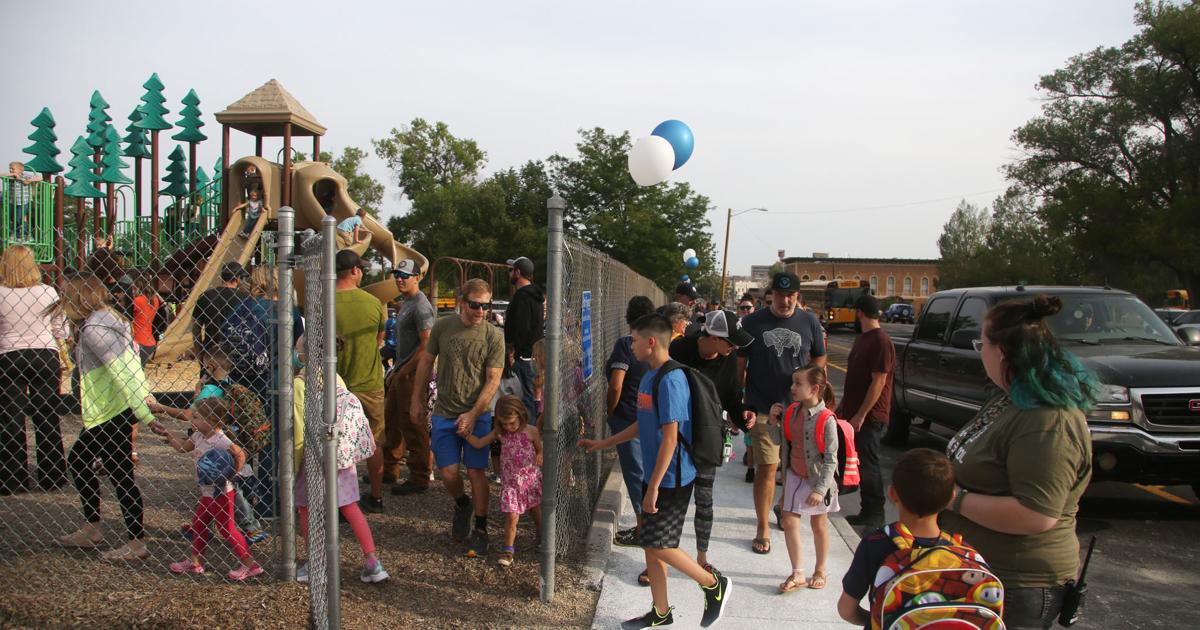
Lawmakers are weighing the potential cost-saving benefits of installing solar panels on school buildings as states look to more stable, long-term sources of funding for public education.
Back in April, Matthew Willmar, a school finance analyst for the legislative branch, estimated that the state would face a structural shortfall of about $193 million in education funding. To put this in context, the state needs about $1.98 billion to fund her K-12 education for the next two years. Since then, however, education returns have actually exceeded expectations. Minerals are fine. Income from property taxes is increasing. Wyoming has a lot of money to spare right now. However, these sources of income are not always reliable over the long term.
People are also reading…
“There is a structural deficit in the Wyoming world picture,” Ways and Means Commission chairman Senator Cale Case, R-Lander, told The Star Tribune. “We keep getting bailed out and we can’t really make the budget sustainable.”
According to the Wyoming Department of Education, Wyoming public schools spent more than $37 million on utilities in 2020. As a means of reducing these costs, some members of the public have suggested installing solar panels. The option is especially important given new incentives are on the horizon under the Federal Inflation Reduction Act that President Joe Biden signed into law last month. Under this law, schools can receive direct payments from the federal government covering up to 30% of installation costs. Previously, incentives for installing solar panels were limited to tax credits. However, public buildings such as those housing public schools were government-funded and therefore did not benefit from the tax credit.
Installing solar panels on school buildings does not necessarily have to be passed by Congress. It may be a school-by-school decision. However, the legislature needs to cover 70% of the installation costs, so there is a bill to allocate some amount or create a low or interest-free loan program to start installing solar on school buildings. may pass. , a staff attorney for the Powder River Basin Resource Council told The Star Tribune. proposed).
Case said he thinks it’s a good idea to consider solar panels, but he’s also concerned that large-scale adoption of solar power could raise other people’s utility bills. But Irwin said research conducted by the council has so far shown that this was not the case.
“From a residency standpoint, it’s not a burden at least,” she said. “These could actually benefit the community, especially when you look at this with IRA funding,” Irwin told the committee. He said that the installation of the may have other effects.
At the moment, this idea is still preliminary. Senator Stephan Pappas of R-Cheyenne said he wanted to get more data and understand “how the returns look, how the savings compare to the cost of putting them in, and the return on investment” before proceeding. I was. anything.
“I think you need to see numbers like that if you are looking to make money,” he said.
The Joint Revenue Committee will meet next November to review these figures.
